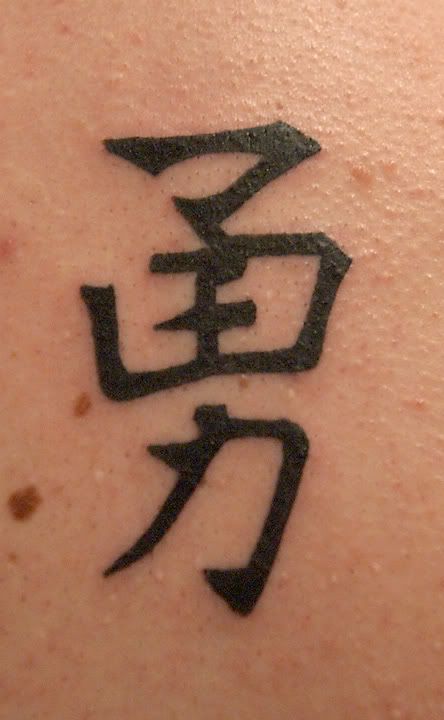 Full Back Phoenix Tattoo Picture
Full Back Phoenix Tattoo Picture Phoenix Tattoo Picture
Phoenix Tattoo Picture Phoenix Tattoo Picture
Phoenix Tattoo Picture Phoenix Tattoo Picture
Phoenix Tattoo Picture Phoenix Tattoo Picture
Phoenix Tattoo Picture Phoenix Tattoo Picture
Phoenix Tattoo Picture Phoenix Tattoo Picture tribal
Phoenix Tattoo Picture tribal Phoenix Tattoo Picture
Phoenix Tattoo Picture Phoenix Tattoo Picture
Phoenix Tattoo Picture Upper Back Phoenix Tattoo Picture
Upper Back Phoenix Tattoo Picture Phoenix Tattoo Picture
Phoenix Tattoo Picture Foot Phoenix Tattoo Picture
Foot Phoenix Tattoo PictureFenghuang are mythological birds of East Asia that reign over all other birds. The males are called Feng and the females Huang. In modern times, however, such a distinction of gender is often no longer made and the Feng and Huang are blurred into a single feminine entity so that the bird can be paired with the Chinese dragon, which has male connotations.
The Fenghuang is also called the "August Rooster" (traditional Chinese: 鶤雞; pinyin: kūnjī) since it sometimes takes the place of the Rooster in the Chinese Zodiac. In the West, it is commonly referred to as the Chinese phoenix. Fenghuang Ancient City is an ancient community in Hunan Province.
The Fenghuang has very positive connotations. It is a symbol of high virtue and grace. The Fenghuang also symbolizes the union of yin and yang. Shan Hai Jing - chapter 1 Nanshan jing records each part of Fenghuang's body symbolizes a word, the head represents virtue (德), the wing represents duty (義), the back represents propriety (禮), the abdomen says belief (信) and the chest represents mercy (仁).
In ancient China, they can often be found in the decorations for weddings or royalty, along with dragons. This is because the Chinese considered the dragon and phoenix symbolic of blissful relations between husband and wife, another common yin and yang metaphor.
In some traditions it appears in good times but hides during times of trouble, while in other traditions it appeared only to mark the beginning of a new era. In China and Japan it was a symbol of the imperial house, and it represented "fire, the sun, justice, obedience, and fidelity".





No comments:
Post a Comment